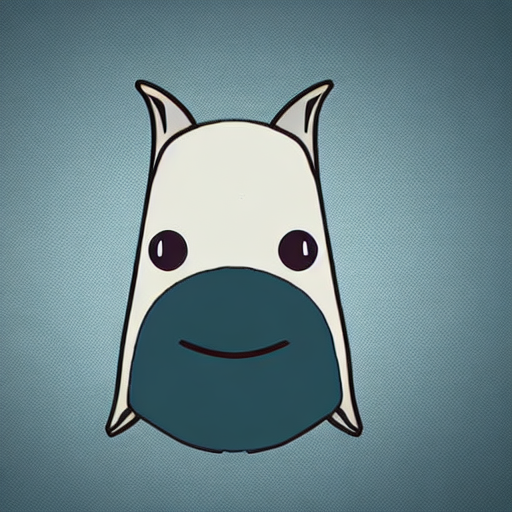Computer Science Conferences: Difference between revisions
Appearance
| (25 intermediate revisions by the same user not shown) | |||
| Line 2: | Line 2: | ||
==Ranking== | ==Ranking== | ||
* research.com rankings: https://research.com/conference-rankings/computer-science | |||
* CORE rankings: http://portal.core.edu.au/conf-ranks/ | |||
* Higher ranked conferences are not necessarily harder to get into than second-tier but are more prestigious. | ;Tips | ||
* Usually, you should submit to a few top tier conferences first even if you're not that confident. | * Higher ranked conferences are not necessarily harder to get into than second-tier but are more prestigious and will get you more citations. | ||
* | * Usually, you should submit to a few top tier conferences first even if you're not that confident. They will also often get you more critical reviewers which will point out better directions to improve your paper. | ||
* Most papers are borderline papers and will get rejected on their first submission. Some people say if your papers are getting into accepted on the first submission, then you need to pick more selective conferences. | |||
==Graphics Conferences== | ==Graphics Conferences== | ||
| Line 16: | Line 17: | ||
* [http://ieeevr.org/ IEEE VR] - for virtual reality related papers. Has a journal track which goes to IEEE TVCG. | * [http://ieeevr.org/ IEEE VR] - for virtual reality related papers. Has a journal track which goes to IEEE TVCG. | ||
** Deadlines are usually in Sept - Nov. | ** Deadlines are usually in Sept - Nov. | ||
* [https:// | * [https://www.ismar.net/ IEEE ISMAR] - for augmented reality related papers. Has a journal track which goes to IEEE TVCG. | ||
** Deadlines are usually Mar - May. | ** Deadlines are usually Mar - May. | ||
* ACM MM - multimedia | * ACM MM - multimedia | ||
;Specialized conferences | |||
* [https://i3dsymposium.org/2023/cfp.html Interactive 3D Graphics (I3D)] (A SIGGRAPH Symposium) | |||
* [https://www.highperformancegraphics.org/2023/ High-Performance Graphics (HPG)] (sponsored by SIGGRAPH & Eurographics) - more focused on ray-tracing hardware & algorithms | |||
==Vision Conferences== | ==Vision Conferences== | ||
* | ;Top-tier | ||
* CVPR - a top tier vision conference. Has lots of papers so many are presented as posters instead of oral presentations. | |||
* ICCV, ECCV - these rotate each year. Prestige is comparable to CVPR. | * ICCV, ECCV - these rotate each year. Prestige is comparable to CVPR. | ||
; | ;Additional conferences | ||
* WACV | |||
* | * [https://www.bmva.org/bmvc BMVC] | ||
* BMVC | * [https://3dvconf.github.io/ 3D Vision (3DV)] | ||
* | * Computational Photography (ICCP) | ||
* | |||
==HCI Conferences== | ==HCI Conferences== | ||
* ACM CHI - the largest HCI conference | * ACM CHI - the largest HCI conference. | ||
** Has an LBW track where you can submit poster papers which are more likely to get accepted. | ** Has an LBW track where you can submit poster papers which are more likely to get accepted. | ||
** Paper deadlines in September. LBW deadlines in January. | ** Paper deadlines in September. LBW deadlines in January. | ||
* [http://uist.acm.org/ ACM UIST] - user interfaces. | * [http://uist.acm.org/ ACM UIST] - user interfaces. Has AR/XR stuff but seems to lean more towards hardware interfaces: haptics, sensors, 3D things. | ||
==ML Conferences== | |||
* Neurips, ICML, ICLR, AAAI | |||
Latest revision as of 16:07, 20 November 2024
Notes on Computer Science conferences.
Ranking
- research.com rankings: https://research.com/conference-rankings/computer-science
- CORE rankings: http://portal.core.edu.au/conf-ranks/
- Tips
- Higher ranked conferences are not necessarily harder to get into than second-tier but are more prestigious and will get you more citations.
- Usually, you should submit to a few top tier conferences first even if you're not that confident. They will also often get you more critical reviewers which will point out better directions to improve your paper.
- Most papers are borderline papers and will get rejected on their first submission. Some people say if your papers are getting into accepted on the first submission, then you need to pick more selective conferences.
Graphics Conferences
- Top tier conferences
- ACM SIGGRAPH - the largest and most prestigious graphics conference.
- See also SIGGRAPH ASIA.
- IEEE VR - for virtual reality related papers. Has a journal track which goes to IEEE TVCG.
- Deadlines are usually in Sept - Nov.
- IEEE ISMAR - for augmented reality related papers. Has a journal track which goes to IEEE TVCG.
- Deadlines are usually Mar - May.
- ACM MM - multimedia
- Specialized conferences
- Interactive 3D Graphics (I3D) (A SIGGRAPH Symposium)
- High-Performance Graphics (HPG) (sponsored by SIGGRAPH & Eurographics) - more focused on ray-tracing hardware & algorithms
Vision Conferences
- Top-tier
- CVPR - a top tier vision conference. Has lots of papers so many are presented as posters instead of oral presentations.
- ICCV, ECCV - these rotate each year. Prestige is comparable to CVPR.
- Additional conferences
- WACV
- BMVC
- 3D Vision (3DV)
- Computational Photography (ICCP)
HCI Conferences
- ACM CHI - the largest HCI conference.
- Has an LBW track where you can submit poster papers which are more likely to get accepted.
- Paper deadlines in September. LBW deadlines in January.
- ACM UIST - user interfaces. Has AR/XR stuff but seems to lean more towards hardware interfaces: haptics, sensors, 3D things.
ML Conferences
- Neurips, ICML, ICLR, AAAI
